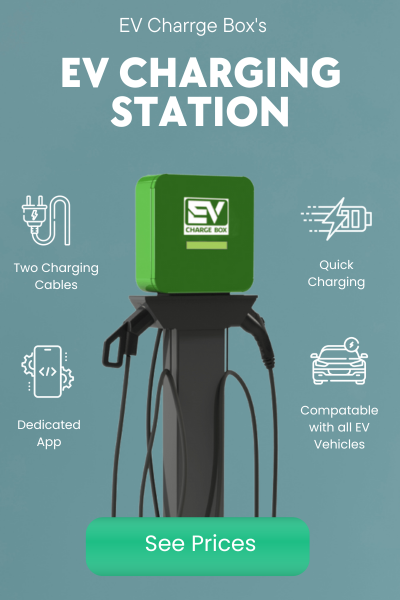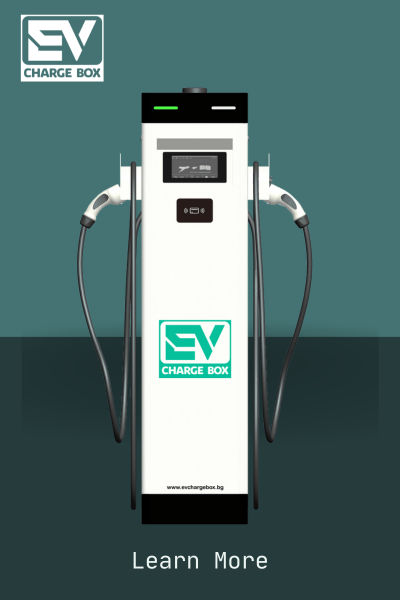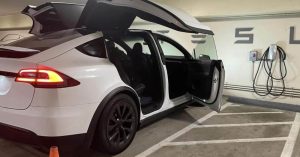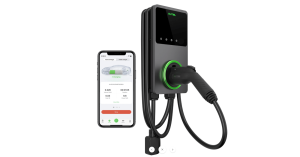Did you realise that there have been electric vehicles on the road for approximately 200 years? What a surprise, huh? Since then, they have outperformed gasoline-powered vehicles, experienced a ten-year heyday, drawn admirers like Thomas Edison, and even launched a famous sports car brand (far before Tesla, you won’t guess which). Join us as we explore the unexpectedly lengthy history of electric vehicles in honor of World EV Day.
In 1828, a Hungarian inventor by the name of Nyos Jedlik opened a shop. This is where our story begins. Nyos didn’t create a “electric car” per se, but he did create an electromagnetic device and attach it to a miniature model car he created. The gadget he created still functions today and is made up of a DC motor’s stator (which sounds complicated), rotor, and commutator.
The first full sized electric vehicle followed a little later, in around 1832, and was the creation of a Scottish Inventor named Robert Anderson. Whilst not technically a ‘car’ by today’s standards, Robert’s electric-powered carriage, with none-rechargeable power cells, would have certainly made a drastic change from the horse-drawn carriages of the day.
Following Robert’s carriage quick progress was made and, in 1835, Thomas Davenport unveiled a small locomotive that was powered by the first American DC electric motor. This one’s important because, where the previous inventions were models or small carriages, Davenport’s locomotive was the first practical electric vehicle ever to be conceived.
Aside from the invention of the rechargeable lead-acid storage battery by Gaston Planté in 1859 (and another model electric car) things on the electric vehicle front went a little quiet following Davenport’s locomotive.
That was, until 1884. Two important things are about to happen that will catapult the electric car into the mainstream and on to incredible popularity.
The first of those things took place in 1884 when Thomas Parker utilised his own high-capacity rechargeable batteries to construct the first electric production car (shown above) in London. William Morrison introduced a very basic electric waggon to the USA in 1889–1891 as a result. Even though it was merely another electrified carriage, it was a huge success.
Due to its popularity, ease of operation, and lack of pollution, electric vehicles have become the standard form of transportation. In fact, they were so cherished that between 1900 and 1912, electricity powered one-third of all the cars on US highways.
As you could expect, a lot of famous people were interested in that success, with Thomas Edison arguably being the most significant. Electric vehicles were so beloved by Edison that he referred to them as the “superior mode of transportation” and immediately started researching more effective techniques to make electric batteries.
In passing, did you know that Ferdinand Porsche launched the Porsche nameplate at this time with an electric vehicle? Yes, Ferdinand Porsche designed the Egger-Lohner C.2 Phaeton (right), a car with hub-mounted motors that propelled the wheels, in 1898.
Following its debut, Mr. Porsche continued to develop his electric wheel hub motor. In 1900, he mounted it to a brand-new car and combined it with a conventional engine to produce the first hybrid vehicle ever made. The Lohner-Porsche Mixte was its name. Stunning, no? Contrary to what you may have initially believed, the Porsche Taycan and Porsche’s lineup of hybrid vehicles have a considerably longer history.
Up until Henry Ford unveiled the Ford Model T, also known as the first cheap automobile, in 1908, electric cars were in their prime. The Ford Model T was a big success and ultimately signalled the demise of the electric car due to its affordability and ease of refuelling.
Following the Ford Model T, everything regarding the electric vehicle was pretty quiet. Then, in the 1960s and 1970s, the price of petrol skyrocketed, opening the way for the resurgence of electric alternatives. What did those astronauts drive when NASA flew them to the moon to increase that attractiveness even further? Obviously an electric buggy.
The emergence of what is frequently referred to as the “second generation of electric cars” was brought about by this ideal storm. As new technologies and better batteries emerged, automakers began to produce electric automobiles.
The issue was that the general public and governments didn’t support the technology, which was one of the main reasons electric cars didn’t take off again. Oil, as one might think, was still worth its weight in gold, and as a result, it was vigorously defended.
Contrary to what happened with the Ford Model T, however, this setback didn’t kill interest in electric cars, and research and development went on as usual.
The first rechargeable lithium-ion batteries were created by British chemist M. Stanley Whittingham in the year 1973. These batteries are what power modern electric vehicles and your smartphone. Whittingham is considered to be one of the most significant characters in the entire narrative and is known as the “Founding Father” of lithium-ion batteries.
Electric cars simply couldn’t catch a break. Just as things seemed to be looking really positive for the electric car, gas prices started to decline and enthusiasm dwindled once more. From 1979 on, things for our electric friends return to being tranquil.
Then, in 1997, Toyota launched the Toyota Prius, the first hybrid car to be built in mass quantities. Despite opposition (even today), it contributed to reviving the electric revolution and opened the door for the introduction of vehicles like the Nissan Leaf and the emergence of businesses like Tesla. The cult following developed into a more widespread interest with the aid of environmental circumstances, which helped us get to where we are today.
The history of the electric car is very interesting, as you can see. We are only left with one unanswered question: What would electric cars look like today if the Ford Model T hadn’t been such a commercial success?
Imagine what battery technology would be like today if research hadn’t stopped all those years ago. It only took 100 years to go from the Wright Flyer’s first flight to the Boeing 747 (a plane that is renowned for fitting the whole inaugural flight of the Wright Brothers inside itself). Could we expect to see vehicles like Lamborghini’s Terzo Millennio (above) on the road?

















